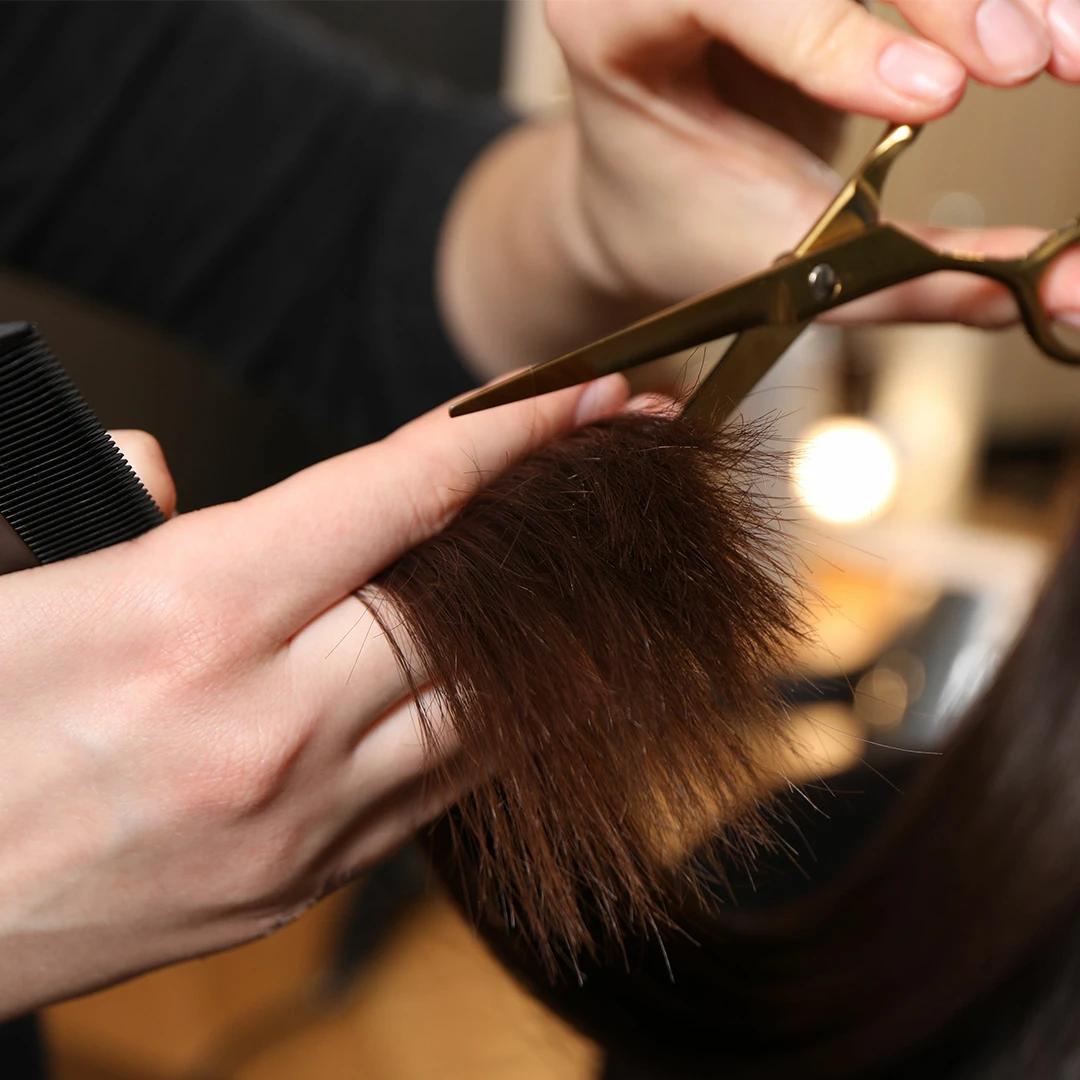Nutrition for Healthy Hair
Protein, vitamins, and healthy fats fuel strong hair growth. Foods rich in biotin, iron, and omega-3 fatty acids particularly benefit hair health. Staying hydrated also plays a crucial role in maintaining hair's natural moisture balance.
Protective Styling Techniques
Loose braids, silk pillowcases, and heat protectants all help prevent damage. Avoid tight elastics and rough towel drying. These small changes make a massive difference in reducing split end formation over time.
Regular Trimming Schedule
Even with a split end trimmer, occasional professional trims help maintain your overall hair shape and health. Think of at-home trimming as maintenance between salon visits rather than a complete replacement.
Frequently Asked Questions
Can a split end trimmer replace regular haircuts?
Split end trimmers are brilliant for maintenance, but they can't replace professional cuts for shaping and overall hair health. Think of them as a way to extend time between salon visits whilst keeping your ends healthy.
Is a split end trimmer suitable for all hair types?
Most trimmers work on various hair types, but effectiveness can vary. Fine, straight hair typically responds best, whilst very curly or coarse hair might need specific models designed for textured hair.
How often should I use a split end trimmer?
Every 6-8 weeks works well for most people, but this depends on your hair's condition and styling habits. Those who use heat tools frequently might benefit from more regular sessions.
Can split end trimmers damage my hair?
When used correctly, split end trimmers are safe and effective. However, improper technique or using the device on wet hair can cause damage. Always follow the manufacturer's instructions for best results.
Final Thoughts
Split end trimmers offer a fantastic way to maintain healthy-looking hair between salon visits. They're particularly brilliant if you're trying to grow your hair longer whilst keeping it looking fresh and healthy. Remember, these tools work best as part of a comprehensive haircare routine that includes proper nutrition, gentle handling, and regular professional maintenance. With the right technique and realistic expectations, a split end trimmer might just become your new hair care essential for beautiful, healthy-looking locks.

 200ml
200ml Combo
Combo 250 ml
250 ml 1 Unit
1 Unit